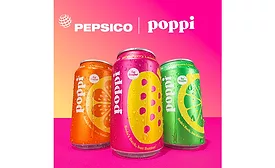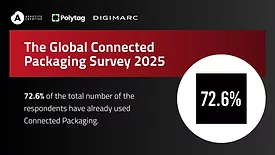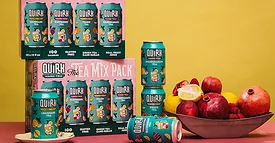Articles by Jessica Jacobsen
Tariffs on Mexican-based spirits could moderate demand
Read More
What impacts will PepsiCo’s acquisition of poppi have on prebiotic beverage market
Nik Allen with Euromonitor shares insights on acquisition announcement
March 18, 2025
Connected packaging usage matures with multi-technology approach
Survey shows companies see connected packaging as increasiningly important
March 17, 2025
2025 Bottler of the Year: Coca-Cola Consolidated
Service, excellence drives bottler’s progress, success
March 7, 2025
2025 Beer Report: Beer looks to the high-end to recover
As market faces declines, super-premium offers hope
March 6, 2025
2025 Beer Report: Non-alcohol beer aligns with consumers’ wants, needs
Higher quality offerings keeps beer segment fresh
March 5, 2025
2025 Beer Report: Craft beer sees divided results among players
Resiliency helps segment navigate shifting consumer preferences
March 4, 2025
2025 Beer Report: Flavored malt beverages continue their steady rise
Variety, flavor keep consumers’ interest in malt-based ready-to-drink alcohol
March 3, 2025
2025 Beer Report: Will import beer remain unstoppable?
Mexican beers lift segment, but tariffs’ impact looms
February 28, 2025
Elevate your expertise in the beverage marketplace with unparalleled insights and connections.
Join thousands of beverage professionals today. Shouldn’t you know what they know?
JOIN NOW!Copyright ©2025. All Rights Reserved BNP Media.
Design, CMS, Hosting & Web Development :: ePublishing










